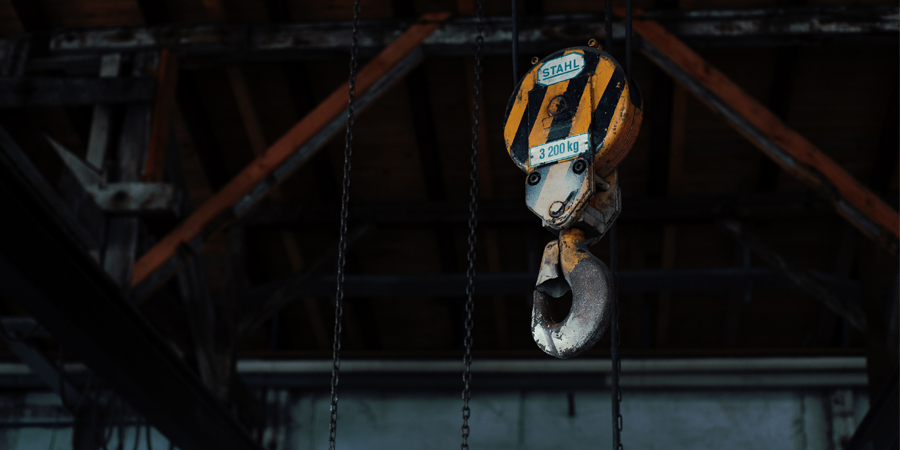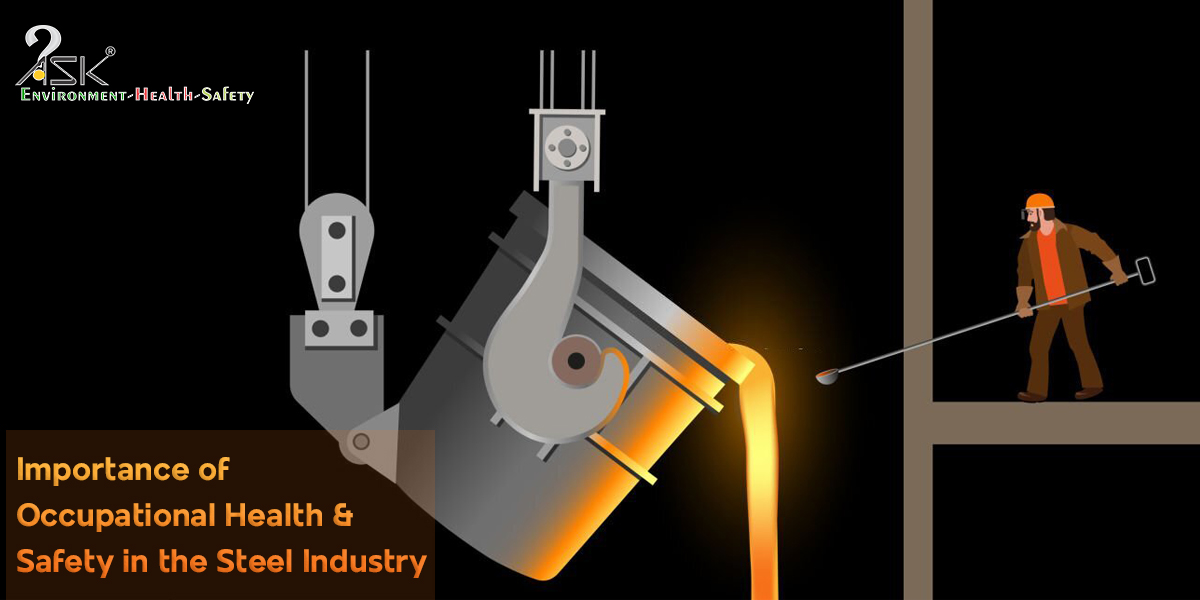Having a lifting plan means safe lifting

There have been many crane accidents that involve property damages and loss of lives – with several contributing factors. One might want to stop and think about how conclusive their lifting plan and RA was. Rigging and lifting is a team concept; both site manager and lifting engineer are an integral part of this team and responsible for the planning process. Reason, one cannot leave everything in the hands of the operators and the riggers – supervision is vital for safe operations.
Every lift is unique and different from the other – what may have worked before necessarily might not work the next time. Plus, there are many variables involved, such as:
- Site location
- Ground conditions
- Environmental situations
- Proximity hazards
- Water and power lines
- Suspended loads
- Obstructions and headroom
When any member of the team fails to perform tasks correctly, there are chances that accidents might occur. So, prior to handling any load, especially one that isn’t routine or repetitive in nature, a written lift plan should be developed, communicated to the lifting crew and followed.
In case of lifting, the general trend is that people take it easy, simply pick up the material and set it over – far easier said than done. To a routine worker or any observant, this may seem easy; just lift, drop and leave. But there is much more that goes into a safe and successful crane lift. It comes into notice especially when a crane accident occurs – on thorough investigation, primary reasons are either lack of planning or mistakes inherent to the planning. So lifting plan, if not followed diligently, can lead to catastrophic consequences.
Safe ways for lifting
The start should present a clear description of the lifting operations. E.g. if it is an operation to install prefabricated structural column, it could be ‘lift, orientate and present’ for fixing prefabricated columns onto prepared foundations. Other than load charts, CAD provides a quick understanding of the plan – it clarifies the crane position, starting point and destination of the load in to an overall layout of the site.
Risk assessments are a vital part of the planning exercise – their prime agenda is to focus on any additional hazards or risks that arise as a consequence of the lifting operations. It isn’t just an act of simple paperwork done within the four walls; but is a result of thorough review of the site.
Many crane incidents are a result of inadequate capacity of the crane in a given configuration of the working radius, height of the lift and shape of the load; hence it goes without saying that a crane must be suitably selected for operations. Further, sometimes, outriggers are not extended fully due to lack of space, which is nothing but poor research of the site before selecting a crane.
A site visit makes it certain that that all the required information is gathered beforehand – it gives a comprehensive understanding to the teams and help executing their jobs efficiently, effectively and safely. The plan should clearly set out step-by-step process of the operation, including the number of people involved and their designated responsibilities.
Trainings come into picture in such cases – trained personnel are aware of ‘ins and outs’ of the task execution. Trainings aim to provide practical guidance to all the relevant personnel, be it proper lifting techniques, understanding hazards and implementing control measures – and planning is a vital part. Their knowledge gives them an upper hand against others and they are the ones who ensure safe supervision of the lifting work.
Lifting plans fulfill the very essence of planning – in addition to communicating the data mentioned above, they also emphasize and justify the ‘how and why’ of the lifting plan. To the extent that the lifting crews are convinced while undertaking their tasks.
Human errors arrive from bad attitudes; one can decrease or eliminate such behaviors by tackling their concerns and making them realize that there isn’t any substitute to a proper planning. Adopting safe ways while working benefit the industry on the whole. Remember – if say 50% responsibility is planning, then another 50% lies in safe execution.


